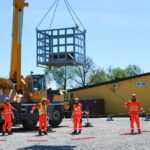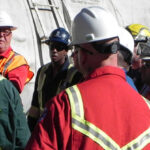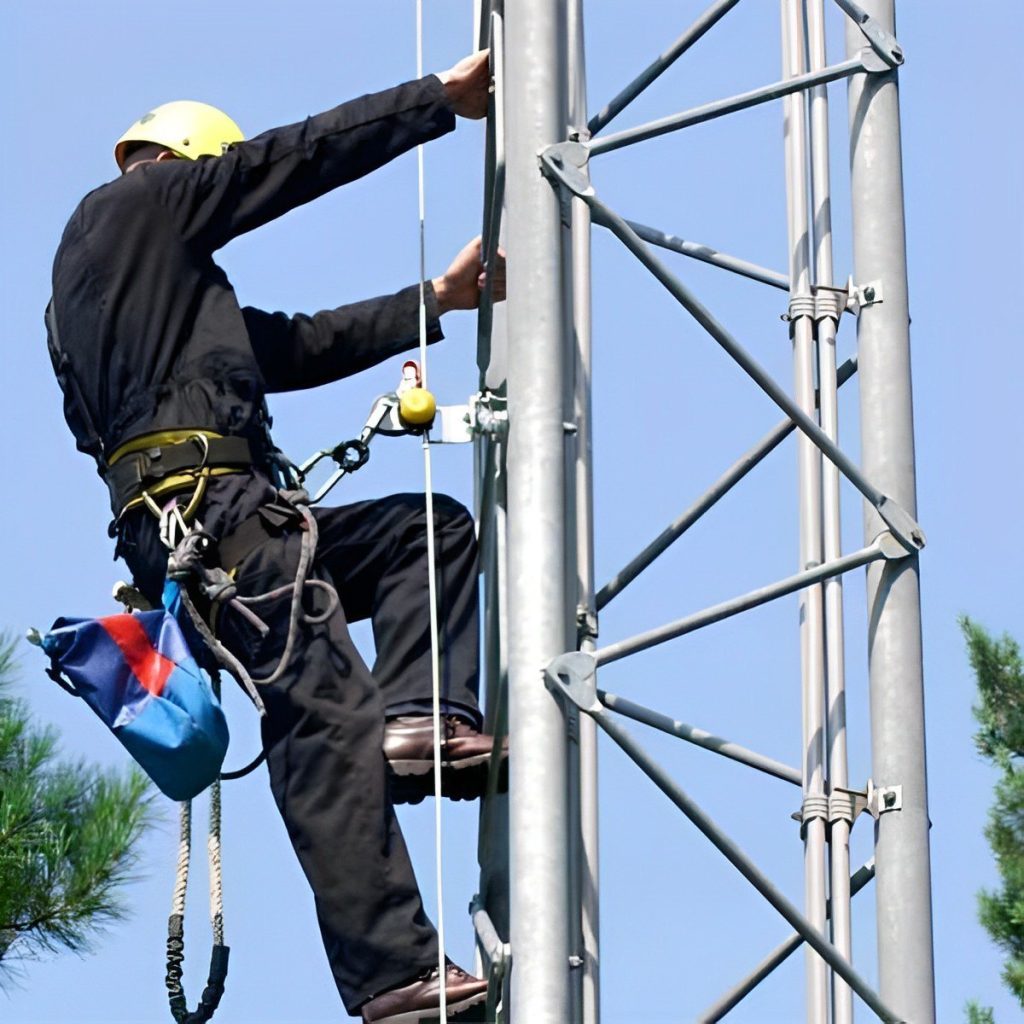
Falls are common causes of serious work related injuries and deaths in various workplaces. Fall protection is the use of controls designed to protect personnel from falling or in the event they do fall, to stop them without causing severe injury. Typically, fall protection is implemented when working at height.
Why is Fall Protection Important?
Fall protection measures help prevent falls, which can reduce the number of workers that get injured on the job.
One of the most significant benefits of fall protection is that it can save lives. Fall protection keeps workers from falling and getting seriously injured. As an employer, your workers’ safety should be a top priority, and you should stress the importance of fall protection to your workers, as well.
Requirements for all Personal Fall Protection Systems
Schedule 5, Part 2 of the Work at Height Regulations specifies the requirements for all personal fall protection systems used for working at height:
1. A personal fall protection system shall be used only if—
(a) a risk assessment has demonstrated that—
(i) the work can so far as is reasonably practicable be performed safely while using that system; and
(ii) the use of other, safer work equipment is not reasonably practicable; and
(b) the user and a sufficient number of available persons have received adequate training specific to the operations envisaged, including rescue procedures.
2. A personal fall protection system shall—
(a) be suitable and of sufficient strength for the purposes for which it is being used having regard to the work being carried out and any foreseeable loading;
(b) where necessary, fit the user;
(c) be correctly fitted;
(d) be designed to minimise injury to the user and, where necessary, be adjusted to prevent the user falling or slipping from it, should a fall occur; and
(e) be so designed, installed and used as to prevent unplanned or uncontrolled movement of the user.
Different Types of Fall Protection Systems
- Fall Restraint system
A fall restraint system prevents the worker from being able to reach fall hazards. Fall restraint equipment normally includes a fixed-length lanyard connected to a suitable anchorage point at one end and the worker safety harnessed at the other. The length of the lanyard is selected to prevent the worker from being able to reach a fall hazard. Fall restraint systems are also referred to as ‘work restraint’ or simply ‘restraint’ systems.
When should a Fall Restraint System be used?
A fall restraint system should always be considered before a fall arrest system (in accordance with the current working at height regulations). A fall restraint system might also be considered where limited ground clearance is available below the work area.
Typically, a fall restraint system requires less intervention from the worker as they are able to work continuously at a fixed distance from the anchorage point. There is also less need to have a rescue plan in place for the duration of the work as there should be no chance of the worker falling or being suspended in their harness.
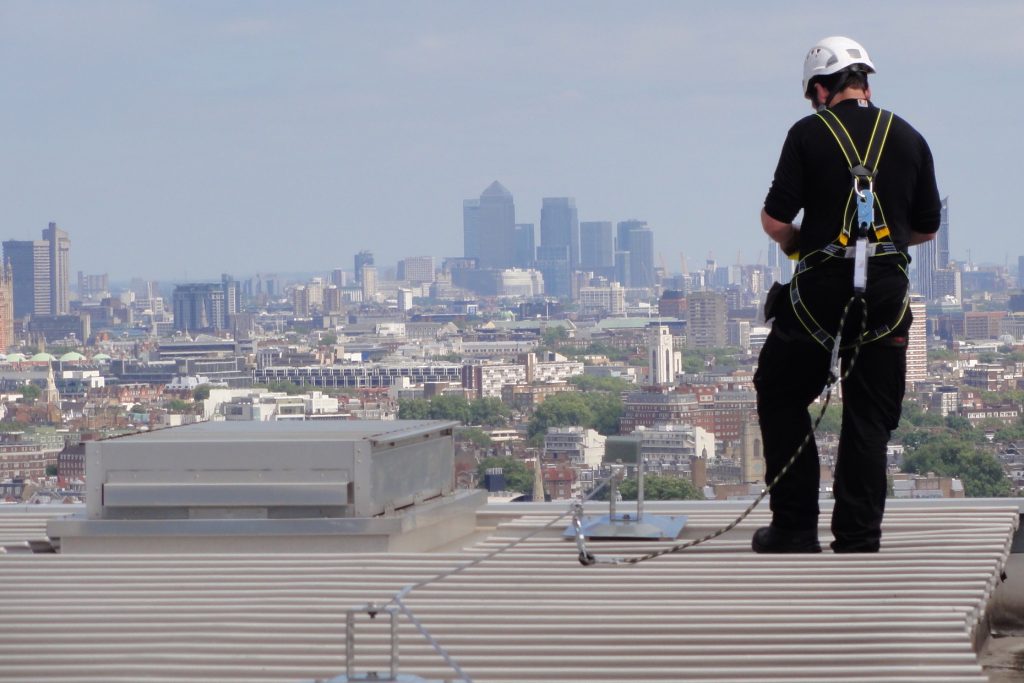
2. Fall Arrest System
A fall-arrest system is intended to safely stop a worker falling an uncontrolled distance and reduce the impact of the fall. This system must only be used if it is not reasonably practicable to use higher level controls or if higher level controls might not be fully effective in preventing a fall on their own.
All equipment used for fall-arrest should be designed, manufactured, selected and used in compliance with the relevant standards.
Key safety considerations in using fall arrest systems
- The correct selection, installation and use of the equipment
- The equipment and anchorages are designed, manufactured, installed and capable of withstanding the force applied to them as a result of a person’s fall
- The system is designed and installed so that the person travels the shortest possible distance before having the fall stopped
- The workers using a fall-arrest system wear adequate head protection to protect them in the event of a fall
- If the equipment has been used to arrest a fall it is not used again until it has been inspected and certified by a competent person as safe to use.
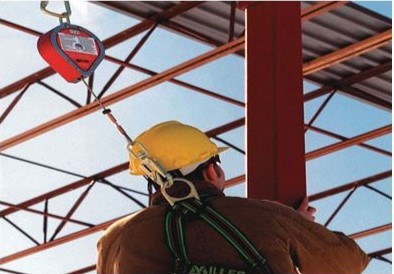
3. Work Positioning System
A work positioning system is a system of components attached to a vertical life safety rope and includes a full body harness, descent controllers and positioning lanyards used to support or suspend a worker at a work position.
A work positioning system allows a worker to work at height supported in tension, part or all of the worker’s mass being supported by the work positioning system and the remainder by the surface on which the worker is standing.
The worker relies on both the tension provided by the anchor and his or her feet to maintain the work position. The worker may use an adjustable work positioning lanyard to further secure his or her work position.
Work positioning can be used in occupational settings such as tree climbing, residential wood frame construction, residential roofing, high rise window cleaning, Christmas light installation, etc.
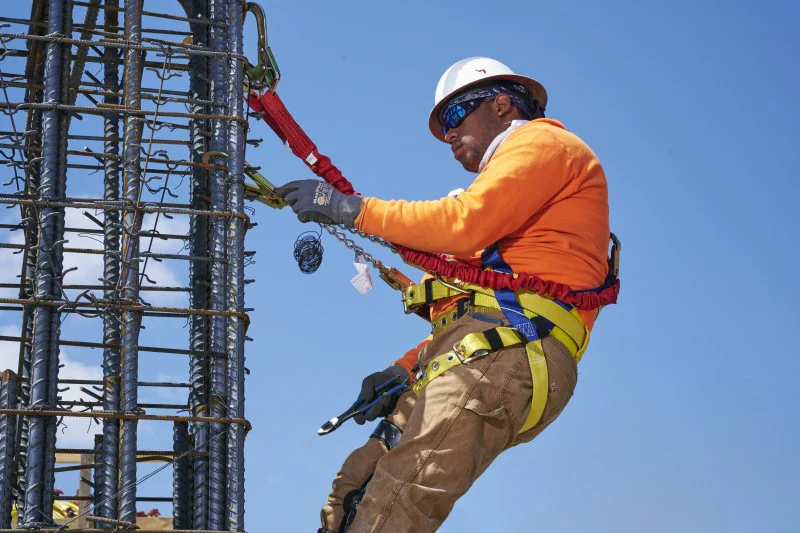
Inspection of Fall Protection Equipment
OSHA fall protection equipment inspection guidelines require that employers perform regular equipment inspections on lifelines, harnesses, lanyards, and self-retracting lifelines to ensure that they are up to date and compliant with the proper safety standards.
Fall protection equipment should be personally inspected before each use and at least every six months by a competent person (or more frequently if required by the manufacturer).
Whether it be from heavy usage or exposure to harsh conditions, fall protection equipment can become damaged or worn to the point that it is no longer safe for use. This can include rips, tears, bent hooks and latches, corrosion or any other defects.
Also, if equipment is stored in an improper environment it can start to deteriorate due to mildew, pests, and other hazards that it might encounter.
Inspecting the integrity and function of your fall protection equipment before use gives you the opportunity to remove from service any equipment that does not pass the manufacturer’s requirements and to avoid any equipment failure in the event of a fall.
Fall Protection Training
Personnel required to work at height must be able to recognise potential working at height hazards and have completed the necessary training to enable them to select the appropriate type of fall protection equipment and PPE to mitigate these hazards.
Primelift Safety Resources Limited provides Fall Protection Training to enhance the competency of personnel involved in working at height.
Contact us: www.primeliftsafetyng.com. Call us on +234 9115687051 or Email us at training@primeliftsafetyng.com for more information.


